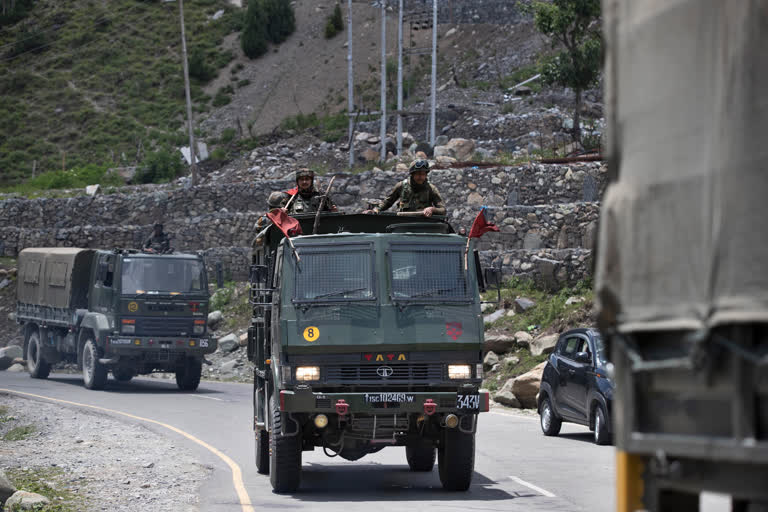New Delhi: A disagreement on Monday evening over a temporary structure in Galwan Valley in eastern Ladakh saw blood being brutally spilt on an unprecedented scale as Indian and Chinese PLA soldiers fought each other desperately for hours till midnight. A border row has now assumed the character of a global flashpoint between the two nuclear-armed neighbours.
Clearly, the Indian soldiers did not expect the suddenness and intensity of violence and were hence caught off guard while the Chinese soldiers came prepared to unleash the shocking brutality.
While the final death numbers have not come in yet, they are likely to rise although the India Army is keeping mum on the actual numbers of casualties, wounded, missing in action or those who are rumoured to be in Chinese custody. Similarly, substantial casualties are believed to have taken place in the PLA, which again is being secretive in its usual fashion.
But what is surprising in the entire chain of events right from the fisticuffs on eastern Ladakh’s Pangong lake on May 4-5 to north Sikkim on May 10 and then to Galwan Valley on June 15 is the sudden change in Chinese posturing that is demonstrative of the intent to violate standing agreements with impunity and to stand their ground come what may. That is why Monday’s incident gives credence to a calculated move by China that cannot be dismissed as an issue of youthful hotheadedness.
What is interesting is that the sudden aggression shown at Galwan is in sync with a Chinese grand design to upset the growing strategic and military proximity of India and the United States to the detriment of China.
Also read: India wants peace but it is capable to give a befitting reply: PM Modi
While past rancor between the two Asian giants is not unknown, it is assuming a much bigger dimension now. If 1962 was about two new countries trying to find their place under the sun, Galwan 2020 is about two world powers slugging it out for strategic influence.
With the Galwan violence, China has virtually negated the relevance of the corps commander level talks and ongoing diplomatic talks with India.
It seeks resolution of the border issue at the apex levels of government. Not just that, it wants to see till how far the US would come to India’s rescue and accordingly prompt PM Modi to do a rethink on India’s ties to the US as well as ward off the ‘Quad’ grouping between India, US, Australia and Japan—something that can seriously jeopardize Chinese ambition over the waters in the Indian Ocean to the Pacific.
At the same time, the new face of Chinese aggressive posturing is not just on the Indian frontier. Vietnam, Australia, Taiwan, Hong Kong are standing examples.
Also read: EXCLUSIVE: Sino-India clashes a wake up call, says former diplomat
China has a decided and carefully crafted strategy in place. With the One-Belt-One-Road (OBOR) and China Pakistan Economic Corridor (CPEC) charting out a path for China on land and reaching out to the Gulf, its dream of exercising strategic control and dominance on the Indian and the Pacific oceans is being vigorously worked upon.
The aggression against India and any allies of the US is a signal that China won’t tolerate beyond a certain limit and what that limit is will be determined by China.
India’s recent assertions laying territorial claim on Pakistan-occupied Kashmir (PoK) and Aksai Chin in Ladakh just after the August 5, 2019 abrogation of Article 370 in Jammu and Kashmir, is a hindrance to that China dream.
Having already invested nearly $70 billion in the CPEC which passes through PoK's Gilgit-Baltistan, it will neither wish away India’s assertions nor let Indian aggression on the Line of Control (LoC) go unopposed.
And this is happening at a time when China has already worked on Nepal, once India’s most trusted ally, to a point of being belligerent against India.
The Chinese posturing is, therefore, a message to India not to escalate the Gilgit-Baltistan issue beyond a point and at the same time check out on Indian dependence on the US.



